Optimal Timing for Fire Restorations
Determining the optimal time for fire restorations depends on various factors including weather conditions, fire seasonality, and property readiness. Conducting restorations during periods of mild weather can facilitate safer and more efficient work. Typically, late spring through early fall offers favorable conditions for restoration projects, allowing for better ventilation and reduced risk of weather-related delays.
Restorations are often most effective in late spring and summer when weather is stable and temperatures are moderate, reducing risks associated with cold or rainy conditions.
Post-fire seasons, usually in late summer or early fall, are ideal for assessments and initial cleanup, before winter weather complicates access and work.
Timing restorations when access to the property is unobstructed by snow or heavy rain ensures smoother operations and faster completion.
Certain regulations and insurance procedures may influence timing; coordinating with relevant authorities can optimize scheduling.

Initial evaluation of fire-affected structures.
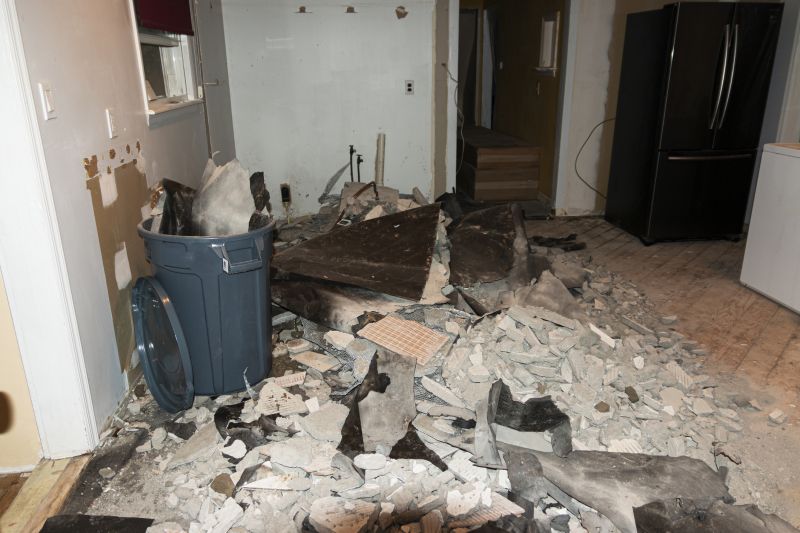
Removing debris and soot after a fire event.
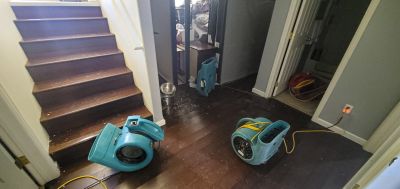
Tools used during fire damage repairs.

Ways to make Fire Restorations work in tight or awkward layouts.
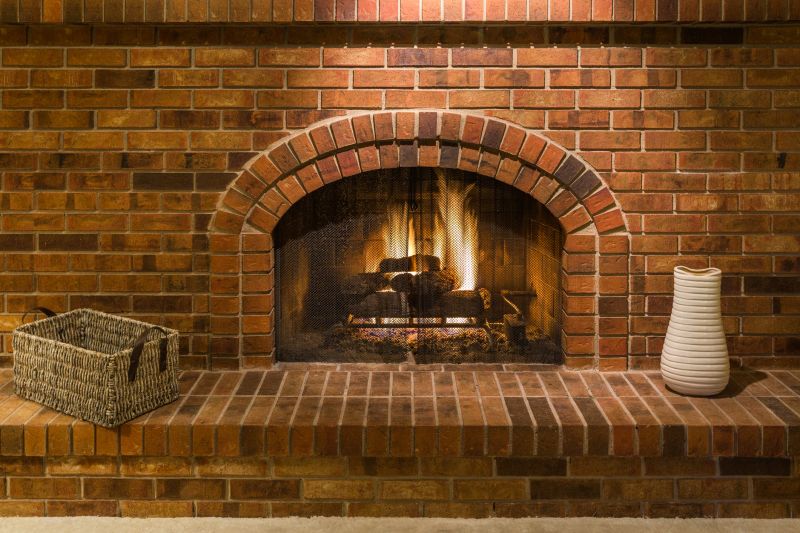
Popular materials for Fire Restorations and why they hold up over time.
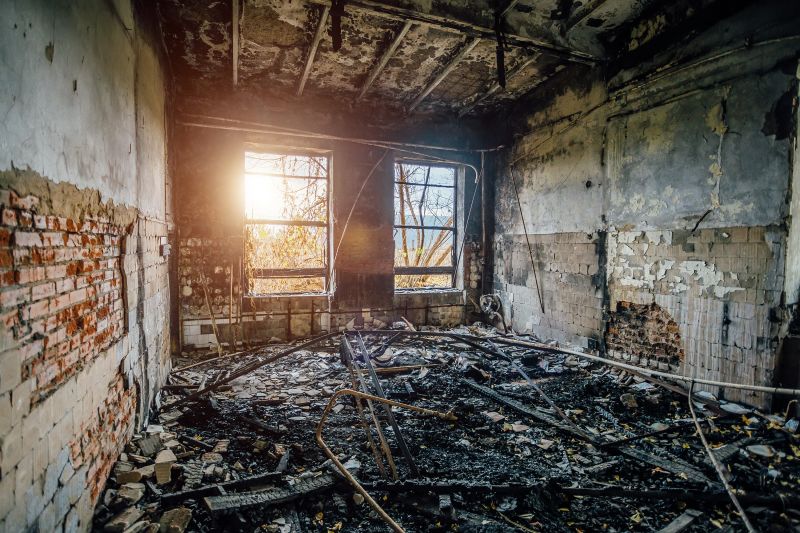
Simple add-ons that improve Fire Restorations without blowing the budget.
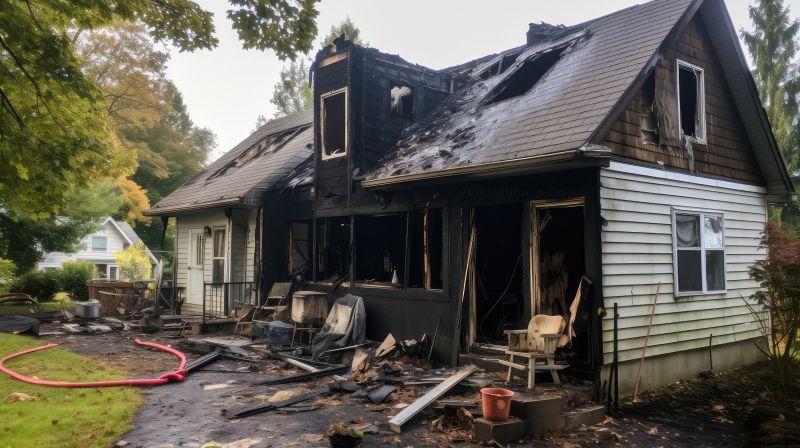
High-end options that actually feel worth it for Fire Restorations.
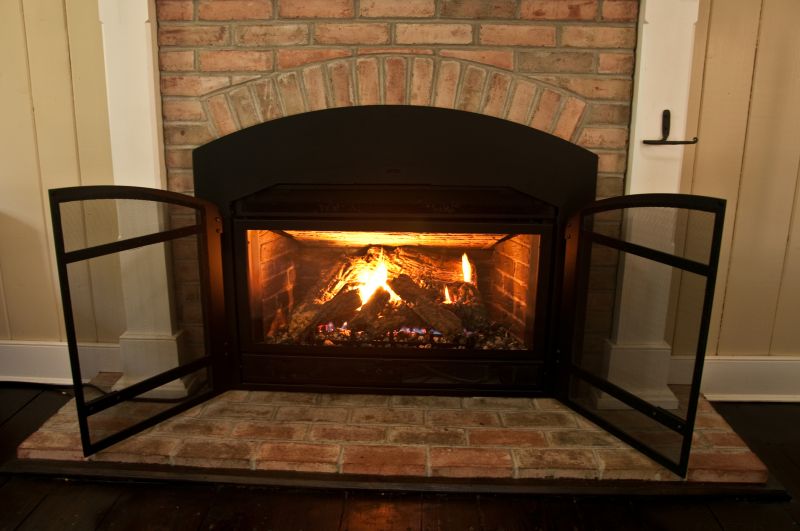
Finishes and colors that play nicely with Fire Restorations.
| Season | Advantages |
|---|---|
| Spring | Mild weather, longer daylight hours, better ventilation. |
| Summer | Optimal conditions for outdoor work, less rain. |
| Early Fall | Favorable weather, less humidity, less fire activity. |
| Winter | Potential delays due to snow and cold, less ideal for exterior work. |
| Post-Fire Season | Timely assessments and cleanup before winter. |
Fire restorations involve comprehensive processes to repair and rehabilitate properties affected by fire damage. This includes debris removal, soot and smoke cleanup, structural repairs, and odor mitigation. The goal is to restore safety and functionality while preventing further deterioration. Proper timing ensures that these activities are carried out efficiently, minimizing additional costs and delays.
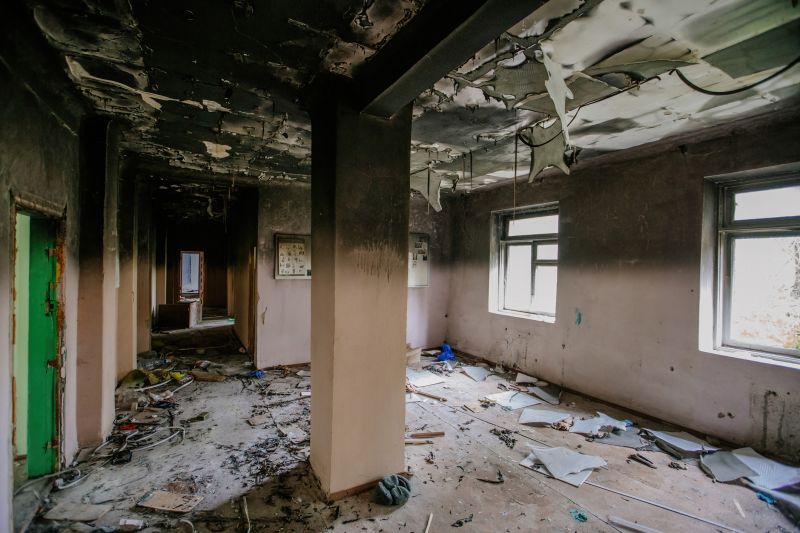
Removing soot, debris, and damaged materials.
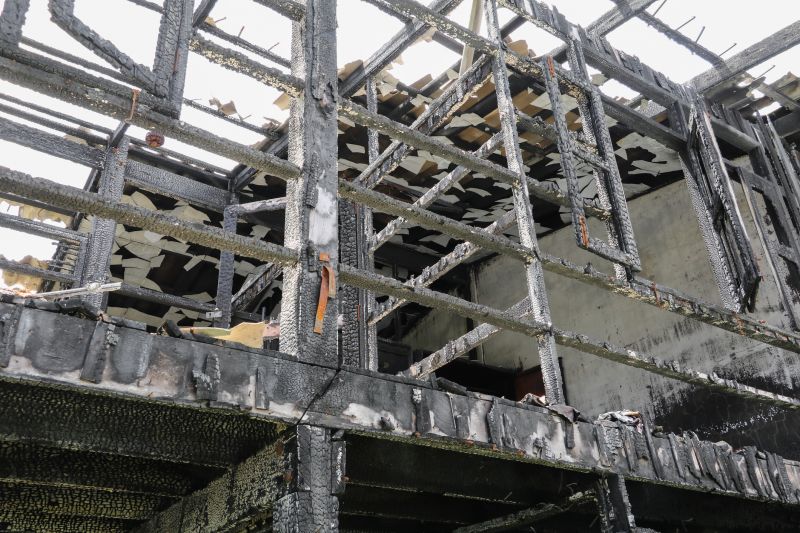
Restoring the integrity of the building framework.
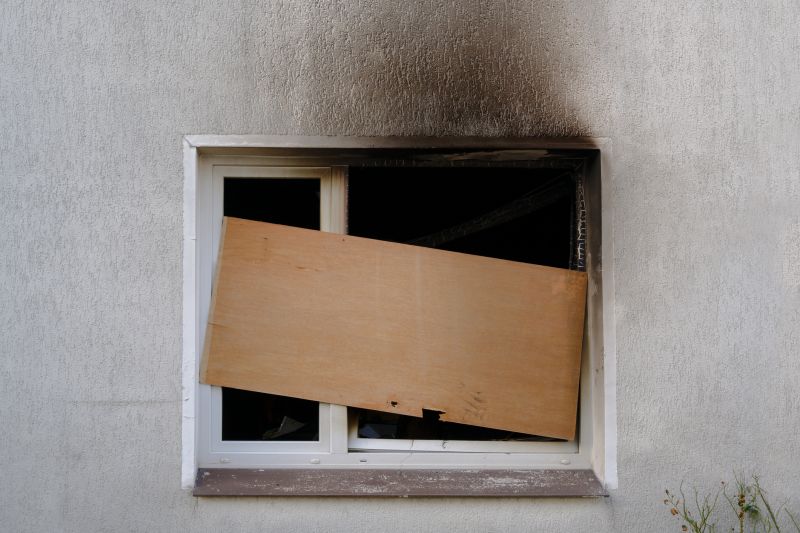
Using specialized techniques to eliminate smoke smells.
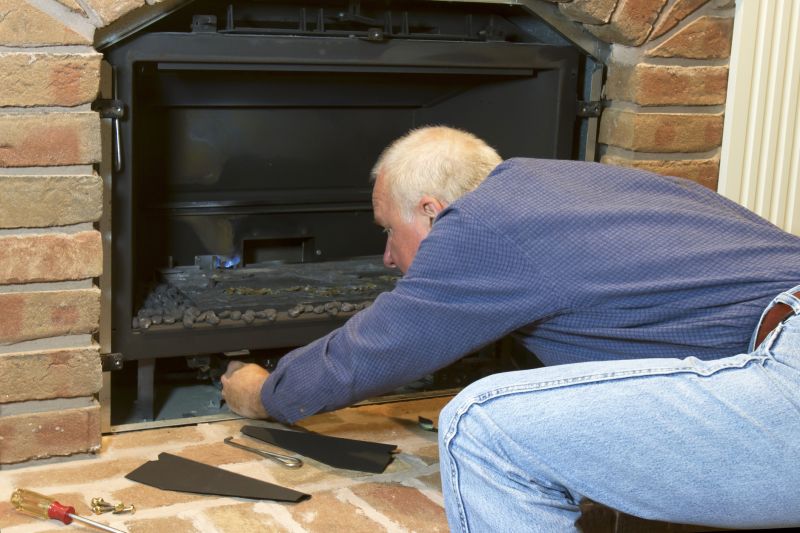
Ensuring all repairs meet safety standards.
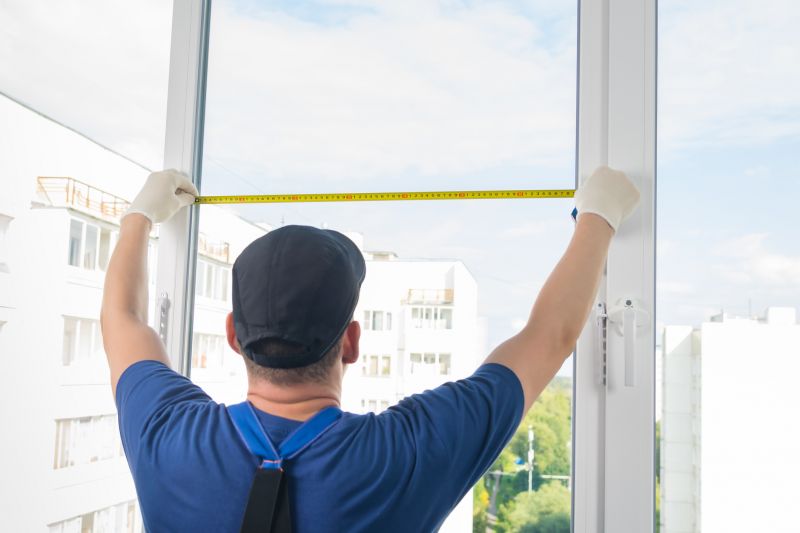
Little measurements that prevent headaches on Fire Restorations day.
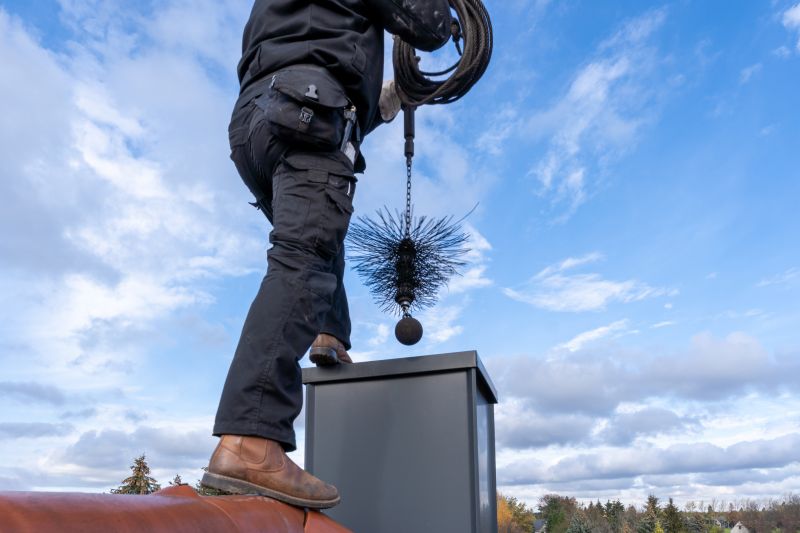
A 60-second routine that keeps Fire Restorations looking new.
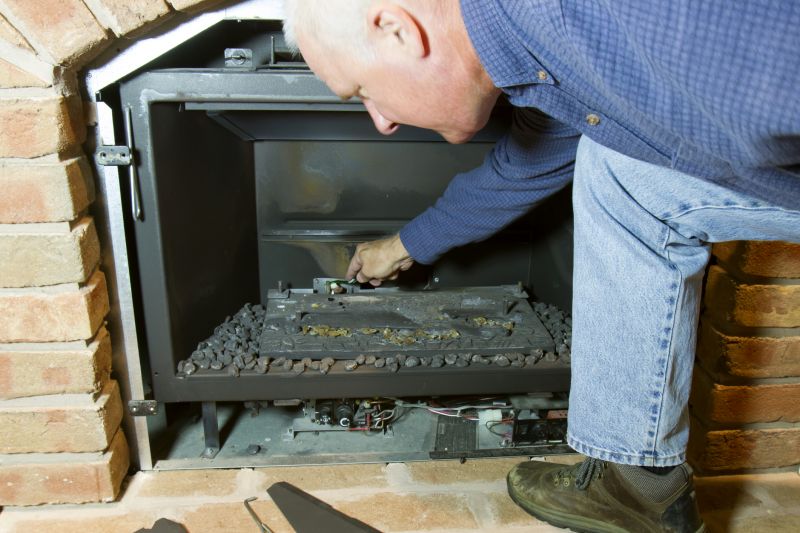
A frequent mistake in Fire Restorations and how to dodge it.

Small tweaks to make Fire Restorations safer and easier to use.
Prompt fire restoration can prevent secondary damage, such as mold growth and structural weakening.
Adverse weather can hinder restoration efforts and extend project timelines.
Securing the property and planning work during suitable seasons enhances efficiency.
Early assessment during optimal seasons facilitates better planning and resource allocation.
Interested property owners in fire restorations are encouraged to contact for assessments and project planning. Proper timing and preparation can significantly impact the effectiveness and cost-efficiency of the restoration process.



